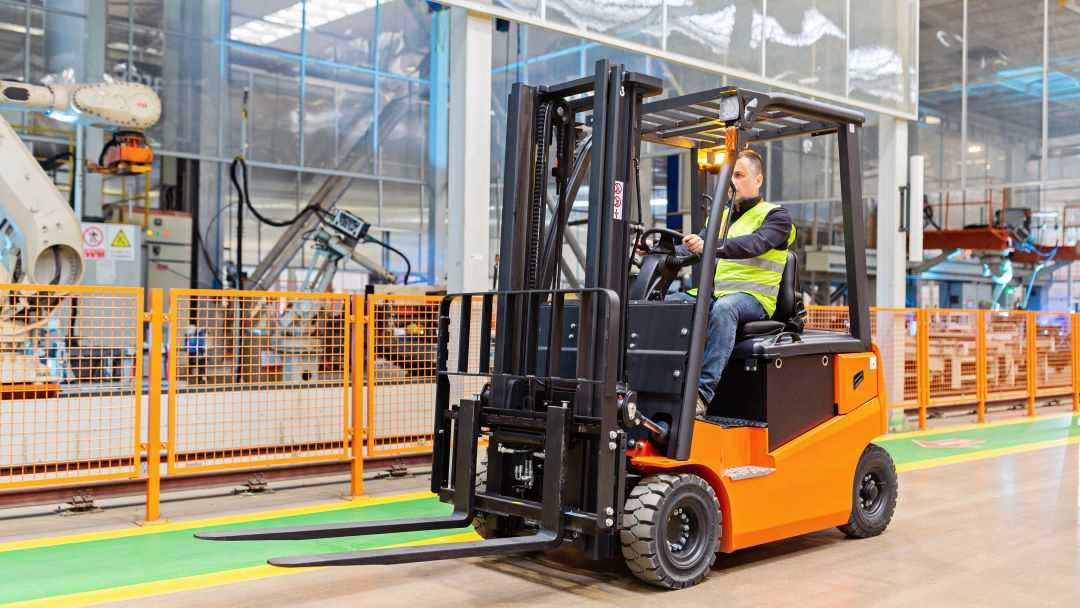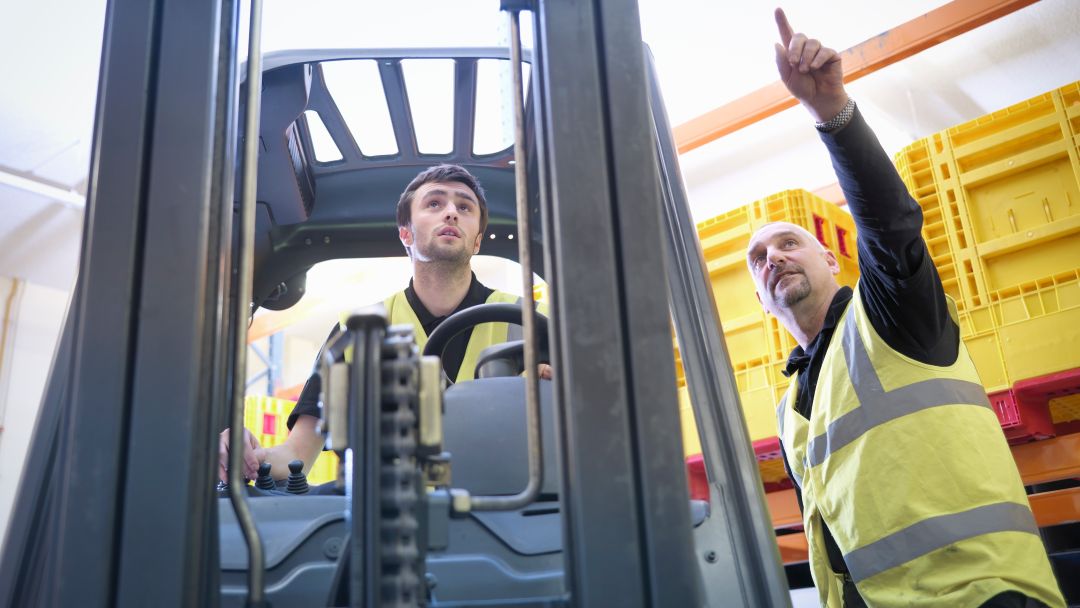Forklift trucks are ubiquitous in the warehouse industry. It's exceptionally unlikely to find a warehouse across the country that doesn't use at least one forklift on an almost daily basis. These versatile and essential pieces of warehouse equipment are often used, but not so regularly checked and maintained. In 2021 alone, 21 fatalities related to forklifts occurred across the U.S., according to the Occupational Safety and Health Administration (OSHA). Furthermore, it's estimated that 70% of these deaths were preventable through the implementation of more stringent training policies.
How, then, to improve safety while keeping these vital pieces of equipment operational and active? Here are some top tips on how to safely operate a forklift in the warehouse.
Starting and stopping
If done incorrectly or recklessly, starting and stopping a forklift can be potentially harmful to the driver and nearby pedestrians. Train staff to check that the path is clear before starting the forklift and honk the horn to warn any nearby pedestrians, especially if there are blind spots around. Discourage the slamming on of brakes as this is jarring for the driver and increases the risk of loads falling.
Driving
Driving too fast can lead to collisions and cause the vehicle to tip over if turning aggressively. Be sure that staff are aware of limitations around the warehouse and that there is adequate signage for routes and regulations. Consider upgrading or updating signage to include prompts such as honking the horn at particular locations where visibility is limited and slowing down for turns.
Turning in forklifts is a little different to other vehicles because the rear axle rotates, rather than the front. This means drivers should come to a complete stop before any significant direction change. Plenty of room is required for a forklift to rotate, especially while carrying large loads. Make sure your warehouse suitably accommodates this with strategically positioned shelving and designated turn zones where needed. Turning zones must never be on an incline, and be sure to include reminder signage that the forks should be fully lowered before turning.
Forklifts are single occupancy vehicles, so staff should never carry passengers and must keep extremities inside the vehicle at all times. Advise staff to avoid driving on wet floors or over loose objects wherever possible, but to take it slow if these impediments are unavoidable.
Parking
If parked incorrectly, a forklift could be hit by other moving vehicles in the warehouse. There is also the risk of it rolling into pedestrians or objects. Drivers should always use the parking brake when stopping to load or unload and chock the wheels when parked on an incline — though it's recommended to endeavor to park on a level surface whenever possible. The key must be removed from the ignition before the driver alights the vehicle, which should be done carefully — not jumping down. Be sure to clearly define and mark designated parking areas so forklifts are only ever left in authorized areas.
Forklifts are a vital part of warehouse operations, but keeping everyone safe in the warehouse must be a priority for organizations. Give staff regular refresher training on key points of forklift operation, as well as undertaking frequent audits of the warehouse environment to see that areas and signage are suitable for your workers.


